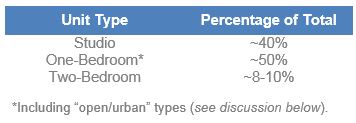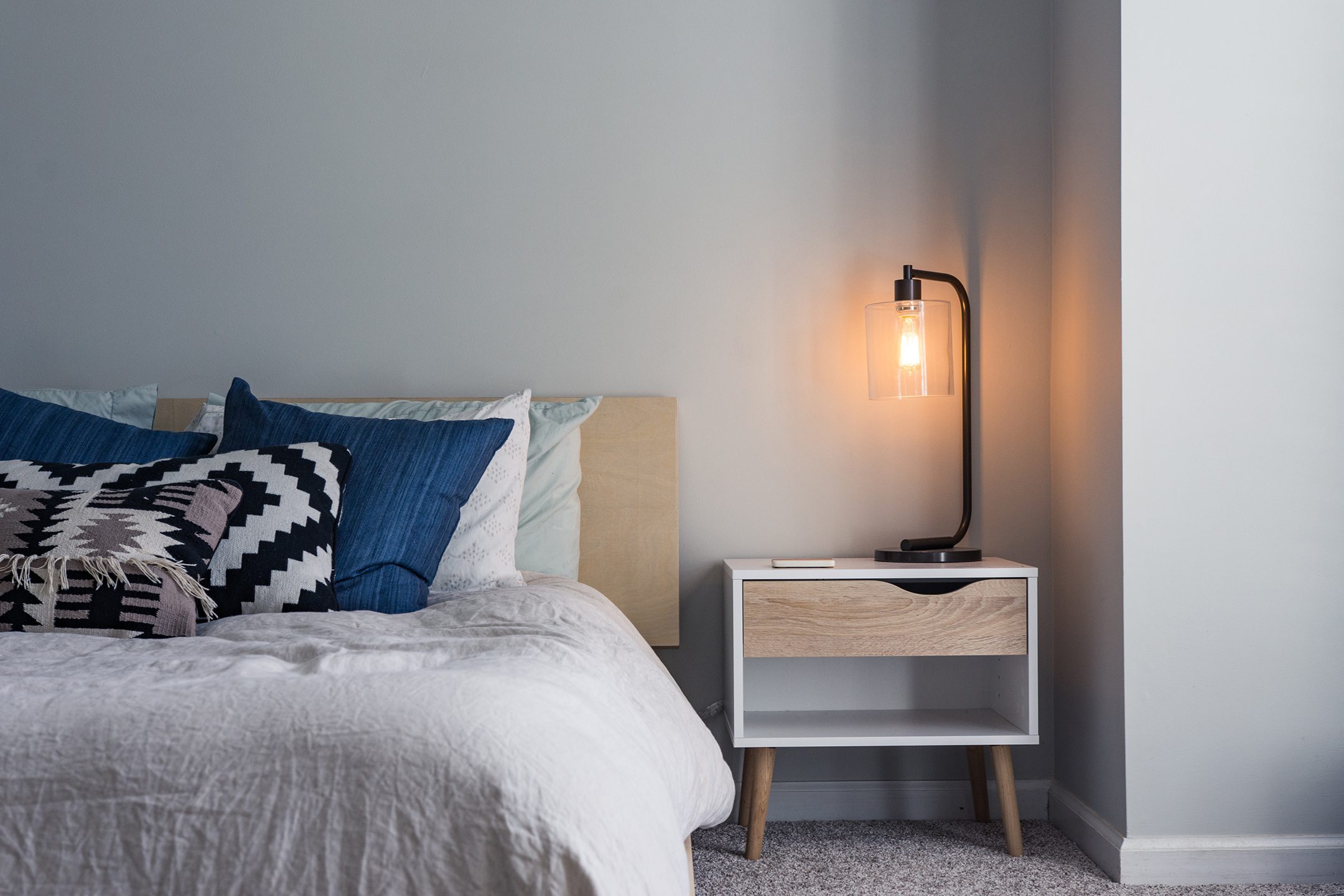What happened to all of the two bedroom apartment units? There was a time, way back when, when architects and developers had pretty standard unit mixes that were balanced with a 1/3 of each unit type – one-bedrooms, two-bedrooms and three-bedrooms. With a shift away from garden-court development, the rise in popularity of studios and the advent of the “urban” one-bedroom – somewhere two-bedroom units were nearly lost in the shuffle.
Shifting to the Core
A shift in unit mixes can absolutely be attributed to the shift in development to the core of Seattle. With a shift of nearly 90% of new apartment development in the core (compared to historically being 60%), new unit mixes are a response to perceived resident preference.
More single occupancy, less children, more iPods/iPads than hi-fi-stereos and monster television sets have all contributed to a new mix to meet the demands of a new tenant profile.
The “New” Standard
Having recently surveyed many new buildings, as well as talking to developers with unit mixes not yet announced, I can confirm a pretty standard “new” unit mix. Generally speaking, what we are seeing developed in the current cycle looks something like what is presented in the following table.

It isn’t a surprise that with rental costs on the rise, developers attempting to maximize pricing and many people choosing a single occupancy lifestyle, studios and one-bedrooms make up more than 90% of any given unit mix.
When did an Alcove become a Bedroom?
Call it an “open” one-bedroom, “urban” one-bedroom, “alcove” one-bedroom, or “efficiency” one-bedroom, or even “loft” one-bedroom – there is one thing it is not – a one bedroom unit. Developers have erected pony-walls, slatted-walls and even bookcases in the name of creating one-bedrooms where one-bedrooms simply don’t exits.
Ask any property manager and you will find that renters are getting keen to this style of unit and are not valuing it as they would a true one-bedroom. Yet, pricing still commands a premium over a studio, so expect this phenomenon to continue.
Developer’s Dilemma
Often times when a developer embarks on a new building, they interview property management companies and ask these simple questions to help program their new development: “what is hot right now?” – “what is hard to rent right now?”. Invariably, in good markets – like we are seeing right now – renters prefer living alone and having more space, hence the popularity of spacious one-bedroom units and developers building more of that product type.
Keep in mind, during market turns, studio units fly off of the shelves and single-occupancy users begin to hunt down roommates and search for the now elusive two-bedroom unit.
Why I advocate for the two-bedroom unit
Times are good in Seattle, and the good times (I strongly believe) will continue to roll for some time. Yet, good times end and when they do, demand for all of those handsome, large one-bedrooms will begin to subside and erode the strength of your rent roll.
I believe the two-bedroom unit can serve as a great unit type in good times and in bad.
The Inflationary Hedge—even in good times – especially in good times – apartments get expensive. A well-designed two-bedroom can help owners hedge against renter affordability concerns and provide a good solution.
Downturn Roommate Demand—in a downturn, the two-bedroom can be a very attractive – or the “only” – solution. The two-bedroom is a great tool to keep your building full when renters simply can’t afford to live alone.
Finally, what is the right mix? There is no simple answer and I can safely say it is not a 30% two-bedroom unit mix. One particularly tuned-in client of mine is designing a building with 15% two-bedroom units. This mix is very in-line with my thinking that 15% – 20% is probably the right number. Keep in mind, this number is always building, development thesis and location depend.
What about the three-bedroom unit, you ask. Let’s wait until we see what happens with attempts to get some schools in the urban core!

